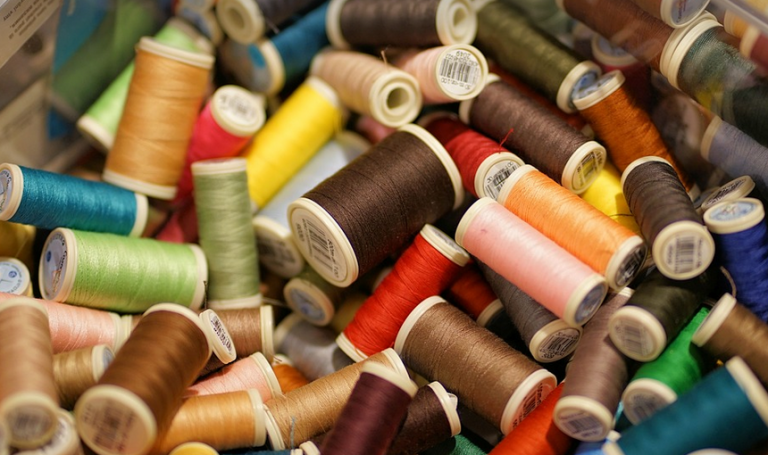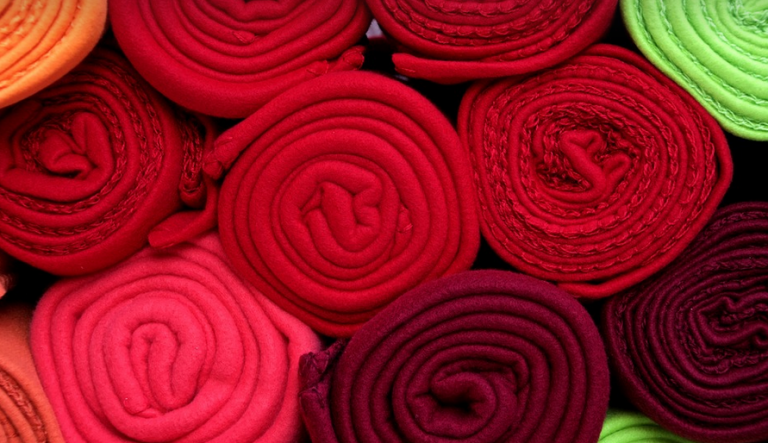
What Are Football Helmet Insides Made Of?
Inside football helmet padding is an essential part of the game’s safety. These pads are designed to absorb and disperse energy from impacts, helping to protect players from serious injuries like concussions and skull fractures. But what exactly goes into those protective layers that shield our favorite athletes?
Most helmets feature a combination of materials, each with its own unique properties:
- Elastomers:** These soft, flexible materials are often used for padding and lining. They absorb shock and help to control movement within the helmet, minimizing impact on sensitive areas like the head and neck.
- Polyurethane (PU):** This lightweight yet durable material is commonly found in helmets due to its ability to withstand wear and tear. It’s also designed to be easily cleaned and sanitized.
- Foam:** High-density foams are used for the interior layers of padding, providing extra cushioning and shock absorption
- Gel Pads: **These absorb smaller impacts and provide additional protection, allowing more energy to dissipate instead of just getting compressed.
The Importance of Material Choice
Choosing the right materials for helmet padding isn’t a one-size-fits-all approach. Factors that impact this choice include:
- Impact Force and Type:** Different impacts create different stress on helmets. For example, a straight-on hit won’t be the same as a glancing blow.
- Helmet Weight: ** Heavier helmets might require thicker padding to absorb more force, but also increase friction with the wearer’s head.
- Player Position and Skill Set:** A quarterback will have different needs than a linebacker. The impact forces they experience vary based on their role in a game.
Padding Evolution: New Materials, New Technology
As science and materials technology continue to advance, the world of helmet padding is getting an exciting upgrade. Some of the latest innovations include:
- Bio-Based and Green Materials:** The use of renewable resources in helmets helps reduce environmental impact.
- Hyper-Absorbing Polymers: ** This cutting-edge material promises even greater shock absorption, potentially leading to a safer playing environment for players.
- Smart Padding Technology:** Sensors embedded within the helmet can monitor internal pressure and vibrations, allowing coaches and medical professionals to assess player health in real time.
A Look at Modern Helmet Designs
Modern helmets often incorporate sleek designs that prioritize both safety and performance:
- Visor Material:** This plays a crucial role as the visor’s impact resistance, transparency, and durability contribute to player protection.
- Adjustable Fit Systems: ** These systems allow for optimal helmet alignment and comfort, reducing the risk of head movement and potential injuries during tackles.
- Safety Standards and Certifications:** Helmets undergo rigorous testing by independent organizations like USA Football to meet stringent safety standards and certifications
The Responsibility of Playing Safe
The use of advanced helmet padding is crucial for protecting players in football, but it’s only one piece of the safety puzzle:
Players should also learn how to tackle safely, understand game-specific rules, and prioritize their health by staying hydrated and resting properly. When done right, these actions can lead to safer and more enjoyable seasons for everyone.
Keeping Up with Progress
As the world of football continues to evolve, so too will its safety measures and technology. Stay informed about new developments in helmet padding materials, designs, and research to support a safer future for players on the field.



